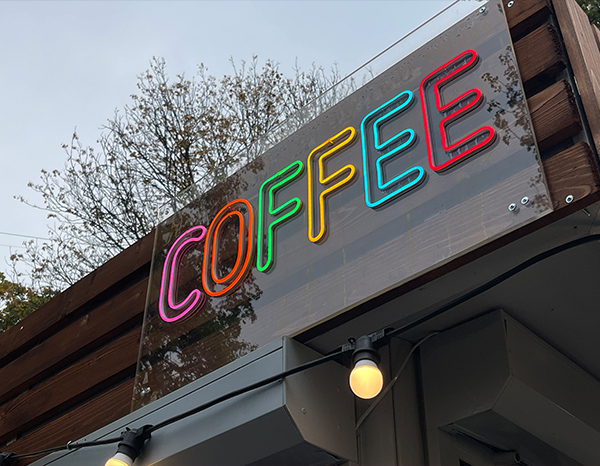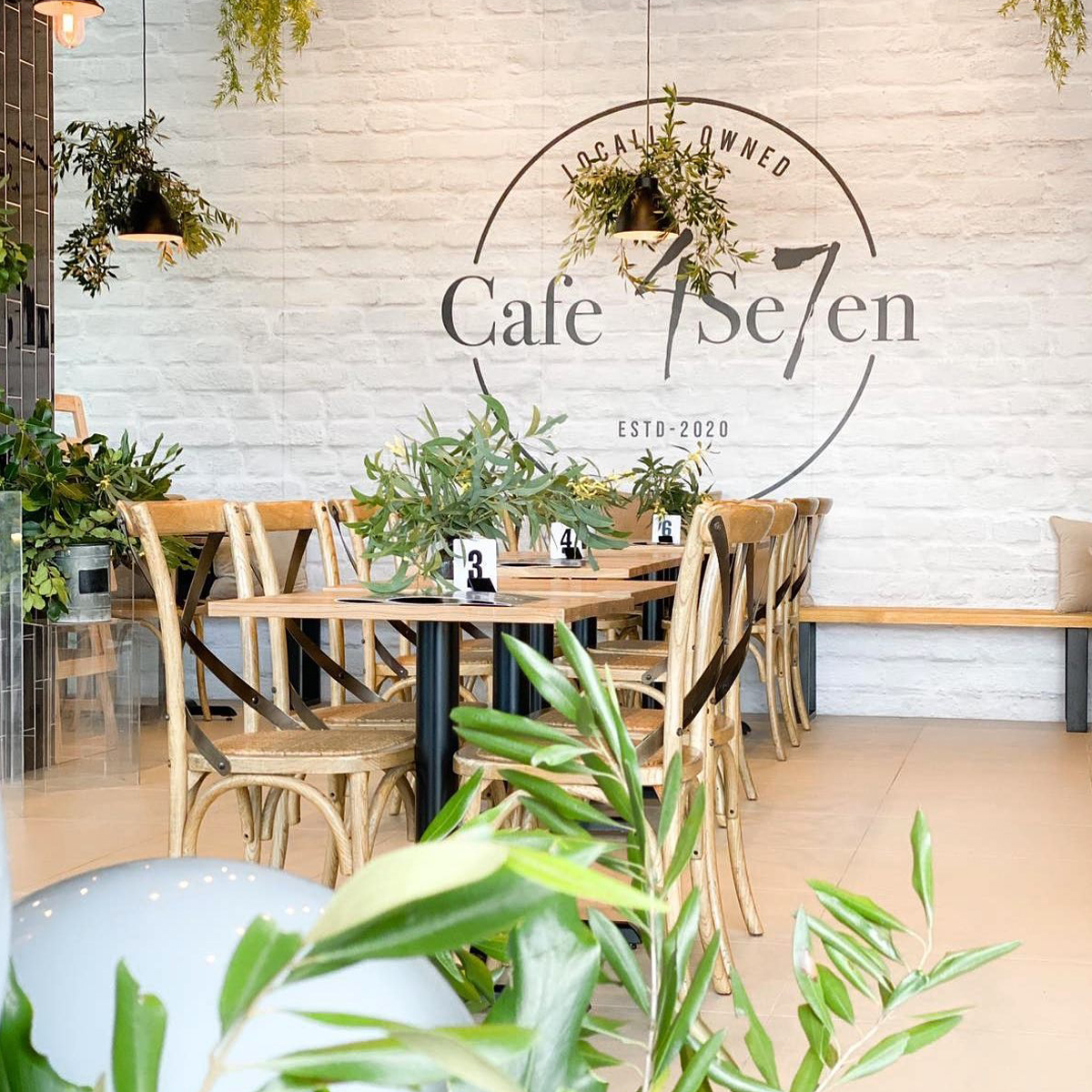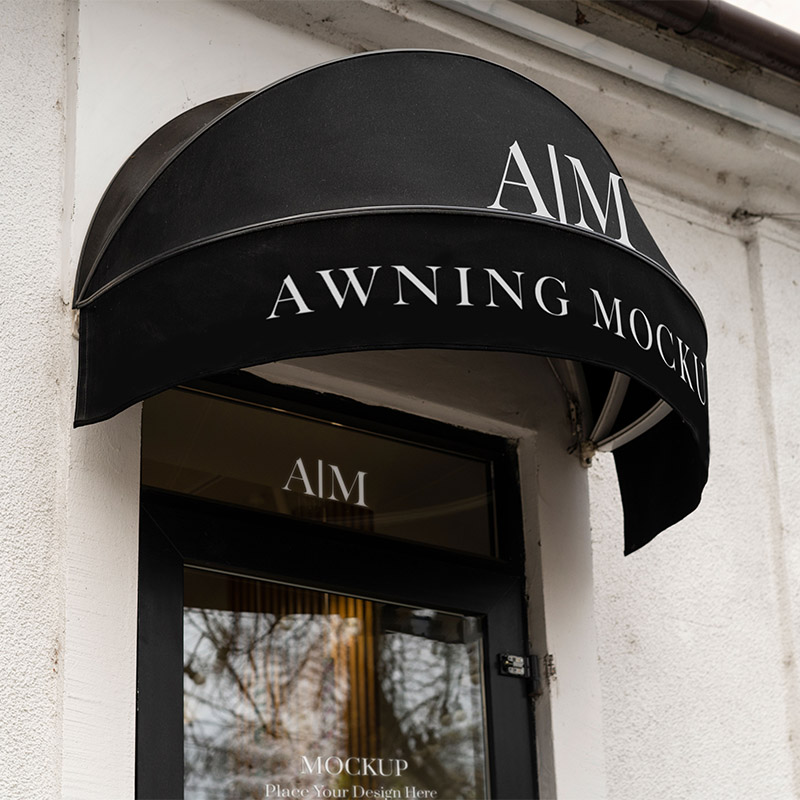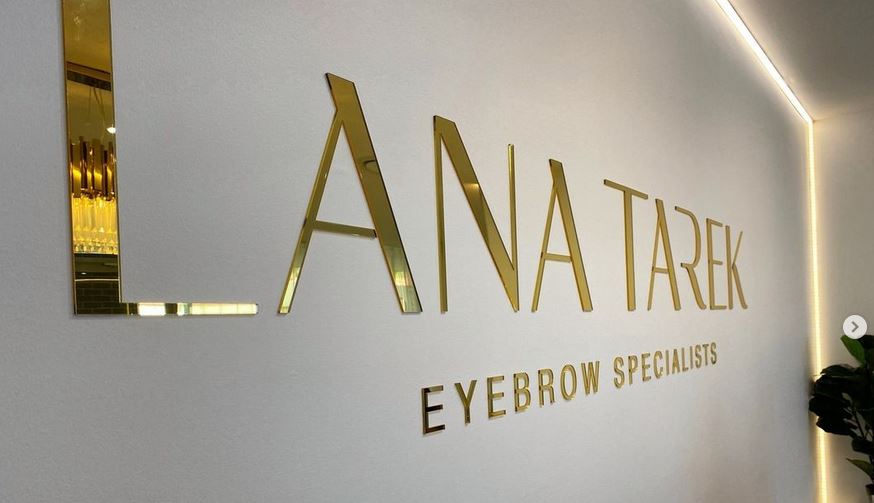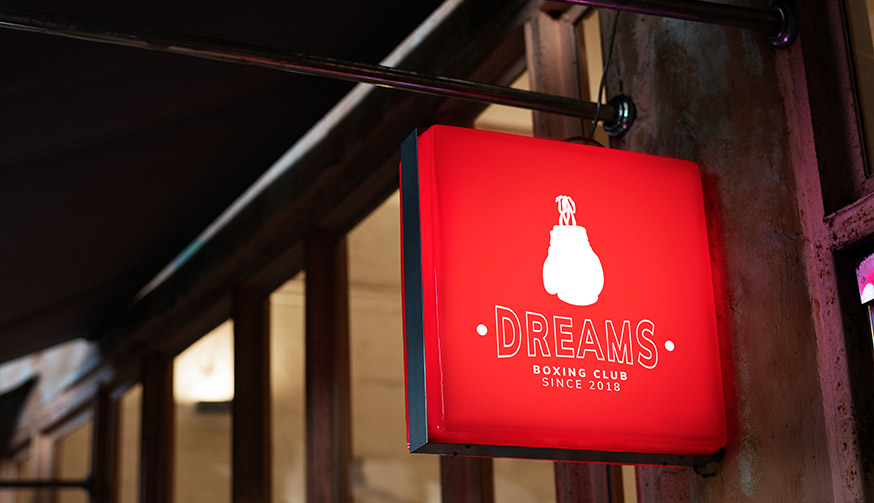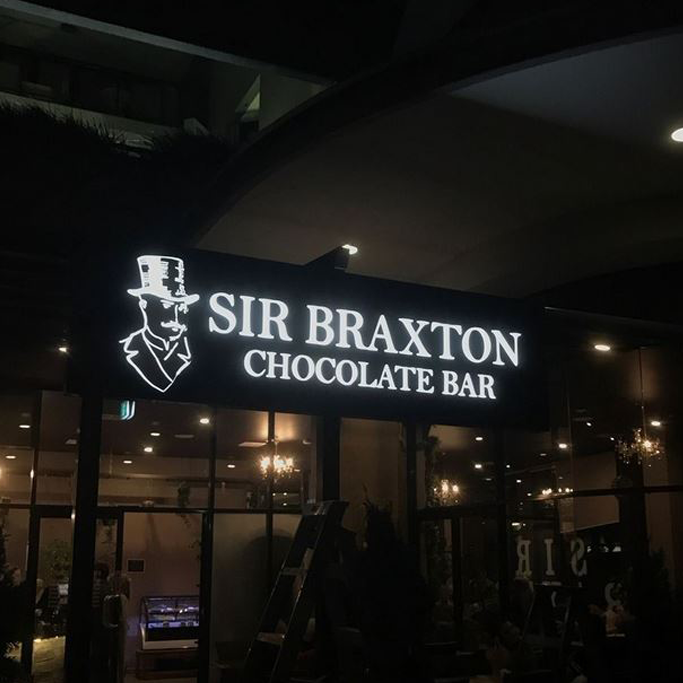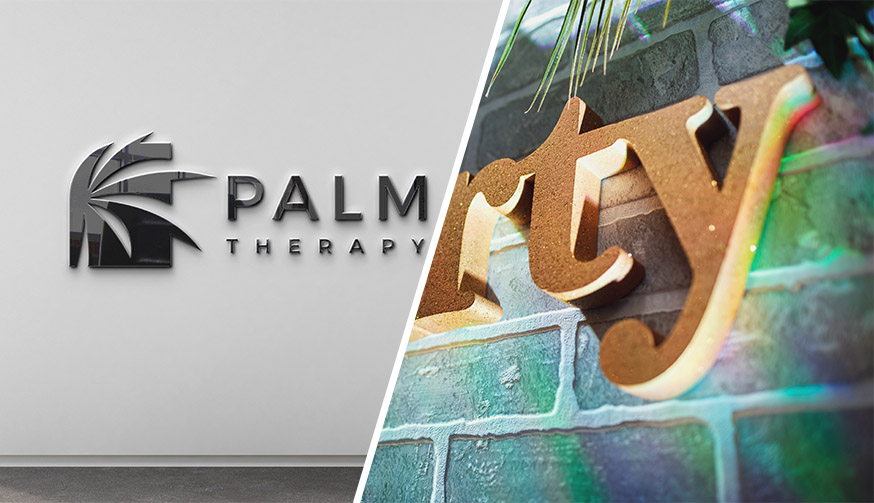Let’s start by identifying the benefits of an Awning sign and how they are actually made.
Creating an awning sign involves several steps, from design and material selection to installation. These signs are a great way to attract customers to your business and provide shade or shelter.
Awning signs offer several benefits to businesses, making them a popular choice for storefront branding and promotion. This includes enhanced business visibility, brand identity and increased street appeal. A plus for all businesses that require street front exposure.
Awning signs provide a prominent and eye-catching feature for your storefront. They can be seen from a distance and help your business stand out, especially in a crowded commercial area. This increased visibility can attract foot traffic and potential customers. Naturally, this is an excellent way to reinforce your brand’s identity. You can display your company name, logo, and other branding elements, ensuring that your business is easily recognizable and memorable to customers. Awning signs contribute to the overall aesthetics of your storefront. A well-designed and maintained awning can enhance the curb appeal of your business, making it more attractive to potential customers.

So… How exactly are they made?
1. Design: The first step in creating an awning sign is to design it. You’ll need to consider the size, shape, color, and overall aesthetic to ensure it complements your business’s branding and storefront. Many businesses work with graphic designers to create eye-catching designs that include the company name, logo, and any other relevant information.
2. Material Selection: The choice of materials for your awning sign is crucial. Common materials include canvas, vinyl, and various other fabric or plastic options. The material you choose should be durable, weather-resistant, and suitable for printing or painting the desired design.
3. Printing or Painting: Once the design is finalized, it can be printed directly onto the awning material or painted by hand. This process requires precision to ensure the sign looks professional and is easy to read. UV-resistant inks and paints are often used to prevent fading from sun exposure.
4. Frame and Structure: The awning sign needs a sturdy frame or structure to support it. This frame is typically made of metal, such as aluminum or steel, and is attached to the building’s facade. The frame provides stability and helps the awning maintain its shape.
5. Installation: Installing an awning sign requires professional expertise. It involves attaching the frame securely to the building and ensuring the awning is stretched taut over the frame. Proper installation is critical to prevent sagging, tearing, or other issues.
6. Lighting (Optional): Many awning signs incorporate lighting to make them visible at night. This can be achieved using LED lights or other suitable lighting options. Properly illuminated signs can increase their impact, especially in the evening.
7. Permits and Regulations: Before installing your awning sign, it’s essential to check local regulations and obtain any necessary permits. Different municipalities have specific rules regarding the size, placement, and design of signage, and compliance is crucial to avoid fines or legal issues.
8. Maintenance: After your awning sign is installed, regular maintenance is important to ensure it continues to look good and function properly. This may involve cleaning, repainting, or replacing damaged parts.
Creating an awning sign is a multi-step process that involves design, material selection, printing or painting, frame construction, installation, optional lighting, compliance with local regulations, and ongoing maintenance. A well-designed and properly maintained awning sign can enhance the visibility and aesthetic appeal of your business.
Common types of material used for awning signs.
In Sydney and around Australia, awning signs are available in a variety of materials, each with its own set of characteristics and advantages. The choice of material depends on factors such as durability, aesthetics, and budget. The choice of material for your awning sign should align with your business’s branding, the local climate, and your budget. It’s essential to consider factors like durability, maintenance requirements, and visual appeal when selecting the right material for your awning sign.
Some awning signs use aluminum frames and canopies. These signs are sleek and modern in appearance and can be powder-coated to match the desired color scheme. Aluminum is durable and corrosion-resistant, making it a suitable choice for long-lasting awnings.

Contact Blur Studios today for the best advice on Awning Sign types and materials as well as designs, to get the most out of your shop frontage.
By seamlessly integrating Awning signs and laser cut signs from Blur Studio, you now have the ability to transform your shopfront into a welcoming and unforgettable space.

